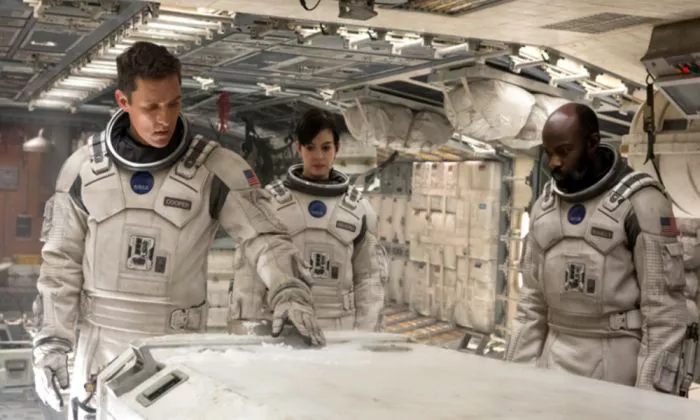In Christopher Nolan‘s epic science fiction film “Interstellar,” set in a future where humanity is struggling to survive on a planet ravaged by environmental catastrophe, NASA plays a central role in the storyline. The portrayal of NASA’s shutdown is crucial to understanding the societal and political context in which the events of the film unfold. In this essay, we will explore the reasons behind NASA’s closure in “Interstellar” and the implications it has for the characters and the broader narrative.
Setting the Stage: Earth’s Desperate Situation
Before delving into the specifics of NASA’s shutdown, it’s essential to establish the backdrop against which the events of “Interstellar” take place. The film presents a dystopian future where Earth is facing a global agricultural crisis, with crop blights threatening the planet’s ability to sustain human life. The resulting food shortages have plunged society into chaos, exacerbating social inequality and resource scarcity.
Against this grim backdrop, governments and institutions struggle to cope with the magnitude of the crisis, diverting resources toward short-term survival rather than long-term solutions. In this context, the fate of NASA, once at the forefront of humanity’s exploration of space, becomes intertwined with the broader challenges facing civilization on Earth.
The Decline of NASA: Political and Economic Pressures
In “Interstellar,” NASA’s decline is attributed to a combination of political and economic factors, reflecting the priorities of a society grappling with immediate existential threats. As the global crisis deepens, government funding for space exploration is redirected toward addressing more pressing concerns, such as food production and social stability.
The film hints at the erosion of public support for space exploration, with references to the Apollo moon landings being dismissed as relics of a bygone era. In this bleak future, the pursuit of scientific knowledge and the exploration of space are deemed luxuries that society can ill afford, given the urgent need to address Earth’s immediate challenges.
Moreover, NASA’s closure reflects a broader trend of retrenchment and isolationism in the face of adversity. As nations focus inward on safeguarding their own interests, cooperation and collaboration on a global scale give way to nationalistic rivalries and protectionist policies. In such a climate, the vision of space exploration as a unifying endeavor for humanity fades into obscurity.
The Legacy of NASA: Hope Amidst Despair
Despite NASA’s shutdown, its legacy looms large in the collective consciousness of humanity. The characters in “Interstellar,” particularly the protagonist Cooper, are deeply influenced by NASA’s pioneering spirit and the ideals of exploration and discovery it represents. For Cooper, a former NASA pilot turned farmer, the dream of space exploration remains a beacon of hope in a world plagued by despair.
The remnants of NASA’s infrastructure, including a secret underground facility, serve as a testament to humanity’s enduring curiosity and resilience. While the institution itself may have fallen into disrepair, its spirit lives on in the hearts and minds of those who refuse to abandon the dream of reaching beyond the confines of Earth.
Moreover, the revelation of NASA’s continued existence and its mission to find a new habitable world offers a glimmer of hope in the darkness. Despite the odds stacked against them, the characters in “Interstellar” embark on a perilous journey through the cosmos in search of a future for humanity beyond the confines of a dying planet. In this sense, NASA’s legacy becomes a symbol of humanity’s capacity for transcendence in the face of adversity.
Conclusion
In “Interstellar,” the shutdown of NASA serves as a powerful metaphor for the societal and political challenges facing humanity in a time of crisis. Against the backdrop of a planet on the brink of collapse, the decline of space exploration reflects a broader retreat from the ideals of curiosity, discovery, and cooperation that once defined human civilization.
However, amidst the despair and disillusionment, NASA’s legacy endures as a source of inspiration and hope for a better future. In the face of seemingly insurmountable odds, the characters in “Interstellar” are driven by the belief that humanity’s destiny lies among the stars, not confined to the limitations of a dying world.
Ultimately, the closure of NASA in “Interstellar” serves as a poignant reminder of the fragility of human aspirations in the face of adversity. Yet, it also underscores the resilience of the human spirit and the enduring quest for knowledge and exploration that defines us as a species. As we navigate the challenges of the present and confront the uncertainties of the future, may we draw inspiration from the legacy of NASA and the visionaries who dare to dream of a universe beyond our own.
Related Topics:Exploring the Depths of Black Holes: Interstellar’s Representation

